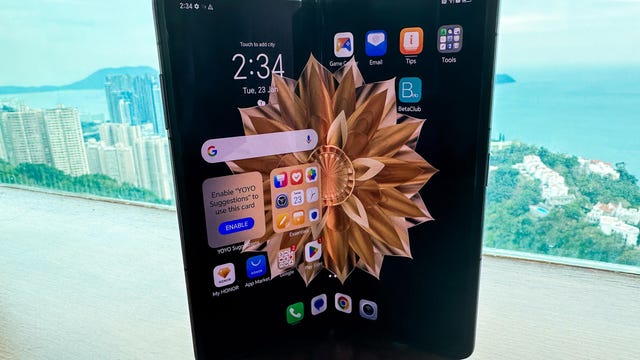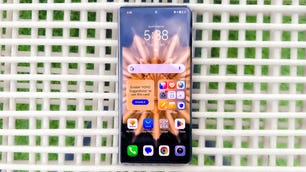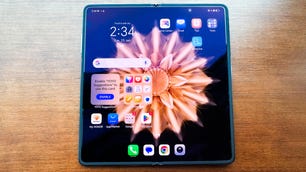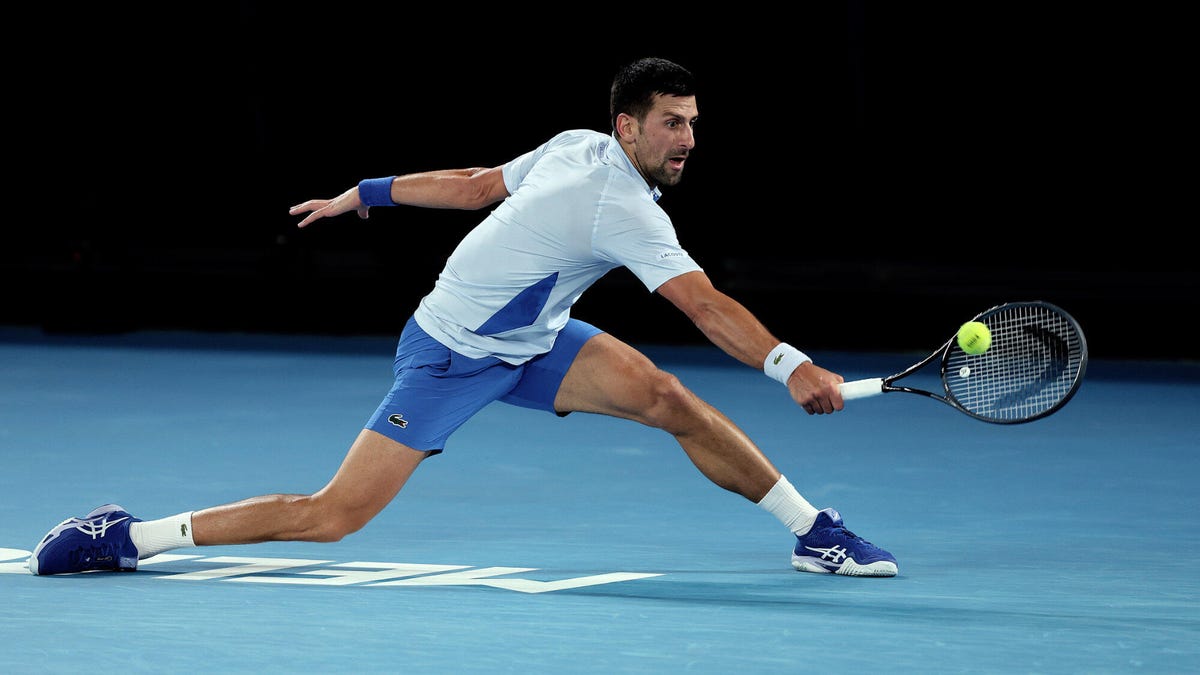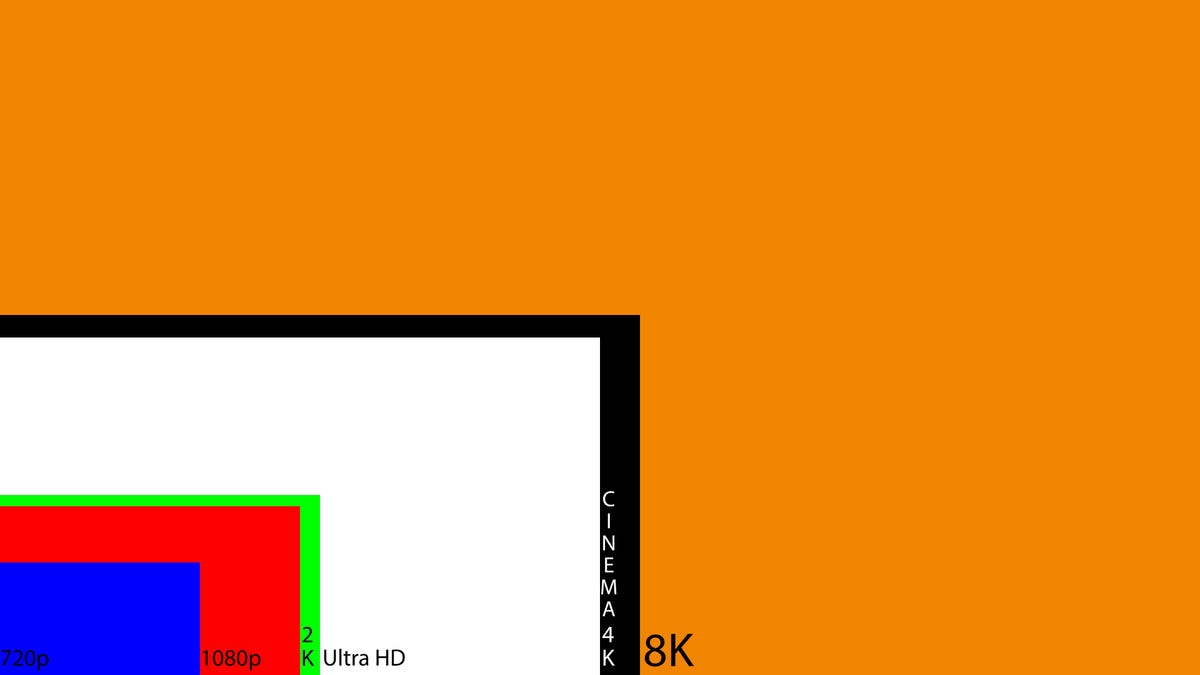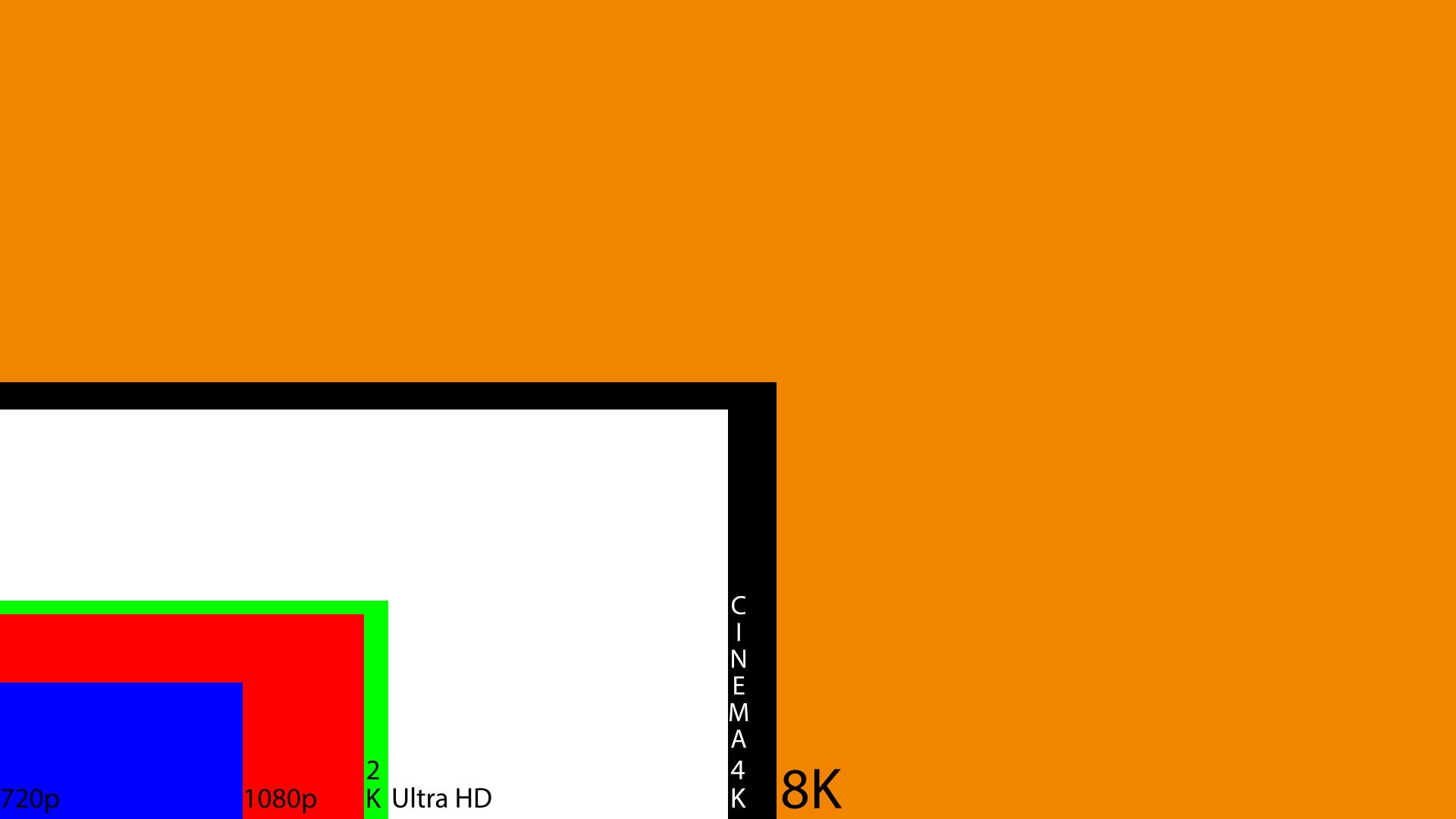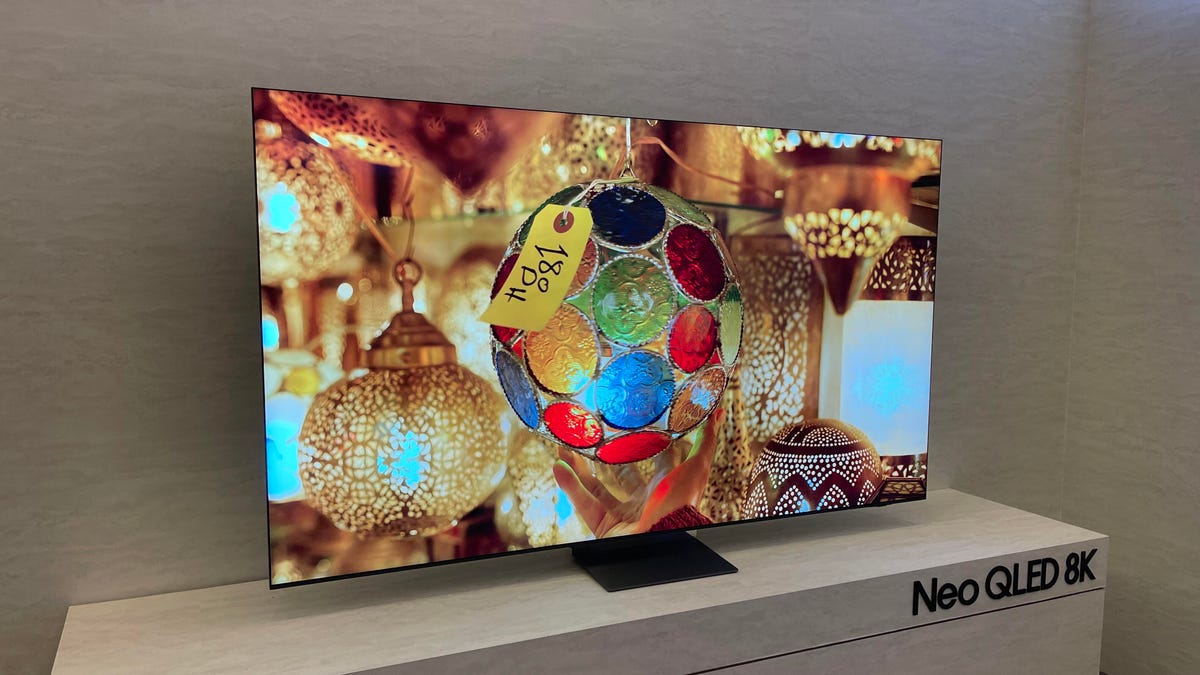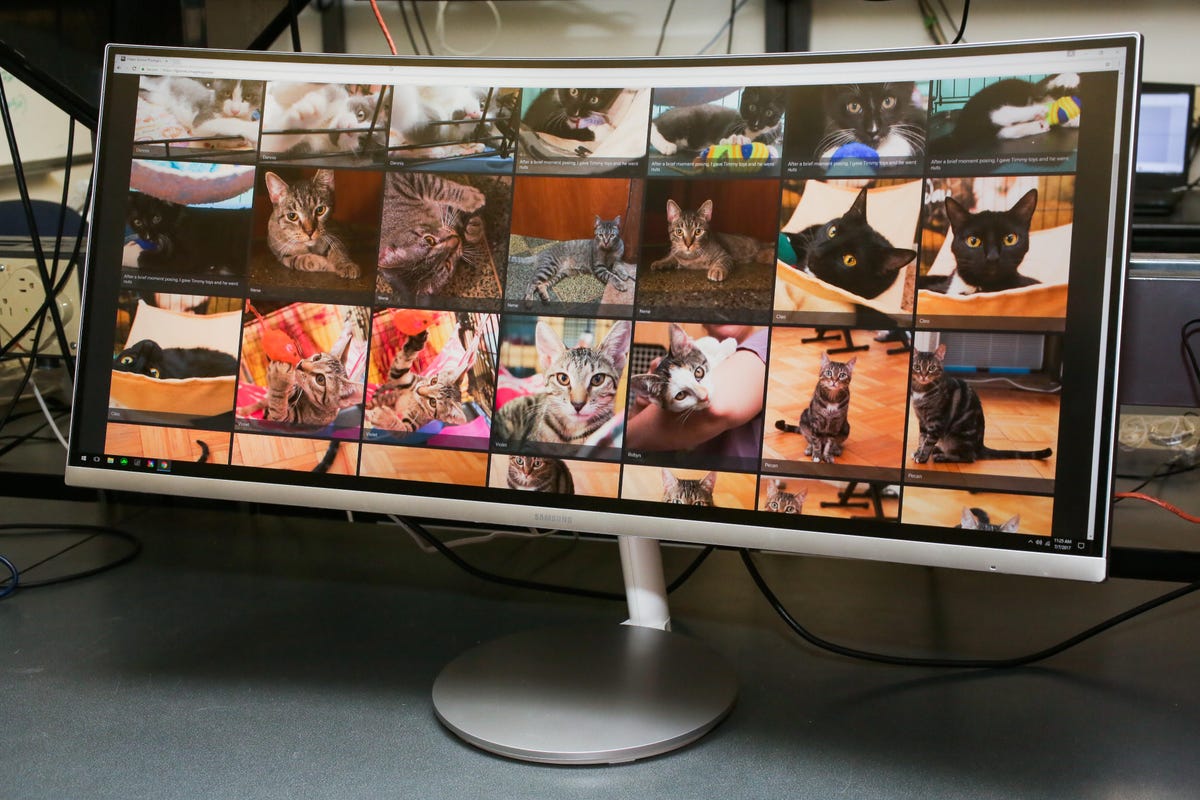Honor’s Magic V2 impressed me as soon as I took it out of the box. From the lightweight design and bright, expansive displays to the respectable cameras and dependable battery life, there’s a lot I like about it. Ahead of its European launch, Honor sent me the international version of the phone to test.
This phone is unusually portable, for one thing. And it doesn’t necessarily feel like I’m holding a foldable phone, unless I slide my thumb over to where the screens meet. The V2 is still the lightest and slimmest book-style foldable phone available, even though it was first released last year. When folded, it’s just 9.9 millimeters thick, making it slightly thicker than a bar phone and convenient to carry around. For reference, Samsung’s Galaxy Z Fold 5, a direct V2 competitor, is 13.46 mm thick when it’s closed.
Read more: Best Foldable Phones in 2024
The Magic V2 weighs 231 grams. That’s 2 grams less than Samsung’s new Galaxy S24 Ultra and more than 50 grams less than the Google Pixel Fold. The V2’s thin and lightweight design makes it feel more like a regular phone and less like an experiment. (I should note that the OnePlus Open, which my colleague Eli Blumenthal reviewed last year, comes close to matching the V2’s svelte, lightweight build.) Despite the phone’s compact size, Honor managed to pack it with flagship specs, including last year’s still-peppy Qualcomm Snapdragon 8 Gen 2 chipset, a triple-camera module complete with a telephoto lens and a large battery that supports 66-watt fast charging.
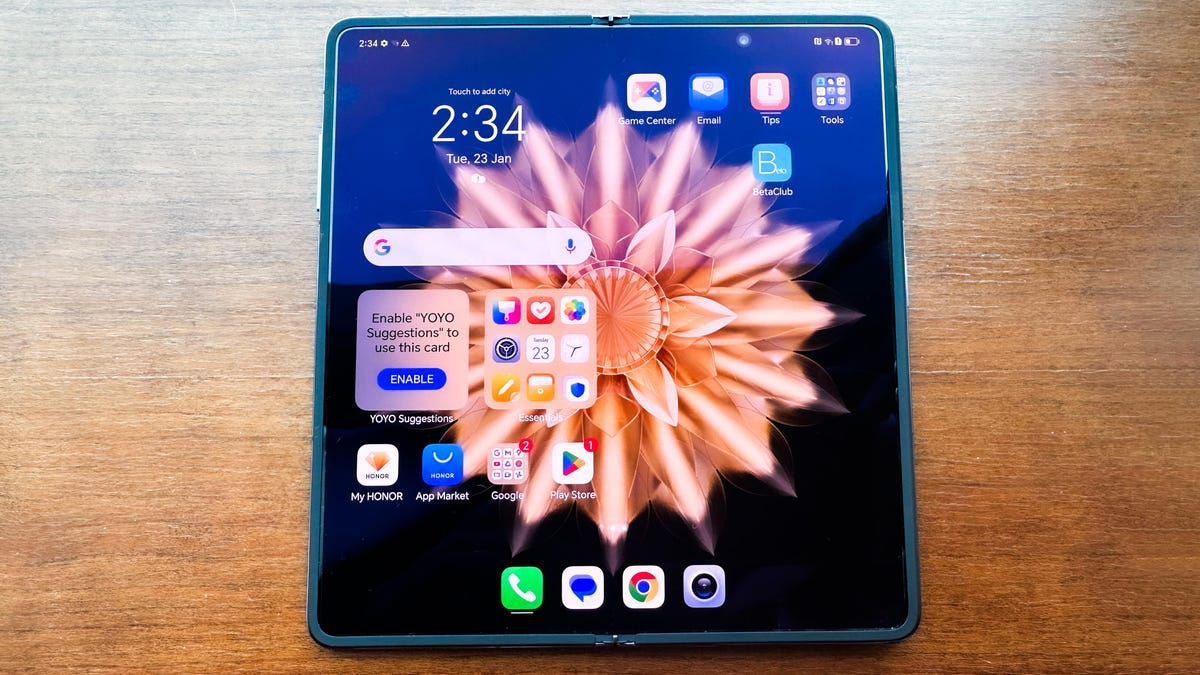
But as compelling as it is, the Magic V2 still has some shortcomings. It doesn’t have an official IP rating for water- and dust-resistance. The Z Fold 5, by comparison, is rated IPX8 for water-resistance and can be immersed under 1.5 meters of freshwater for up to 30 minutes. Nearly all foldables lack dust-resistance apart from the IP52-rated Motorola Razr Plus, which offers some resistance against dust and water splashes. It doesn’t have stylus support either, unlike the Z Fold 5 and OnePlus Open.
Not all apps are optimized for the V2’s screens either, which is a similar issue my peers had reviewing other foldables. The CNN app, for example, isn’t yet optimized for the inner screen when you download them. But you could change the resolution in the Settings panel, and it basically resolved the problem.
The Magic V2 is on sale in parts of Europe and the UK, starting today for 1,700 (converts to roughly $2,160 or AU$3,280) or 1,999 euros. This is a lower starting price in the UK than the 1,749 Galaxy Z Fold 5 ($1,800, AU$2,559), but the Z Fold 5 costs 1,899 euros. Honor says there are currently no plans for a release in the United States.
I previously wrote about my experience with the display and design hardware of the Magic V2, when it was launched in China last year. This article’s coverage will focus on the software, camera, performance and battery.
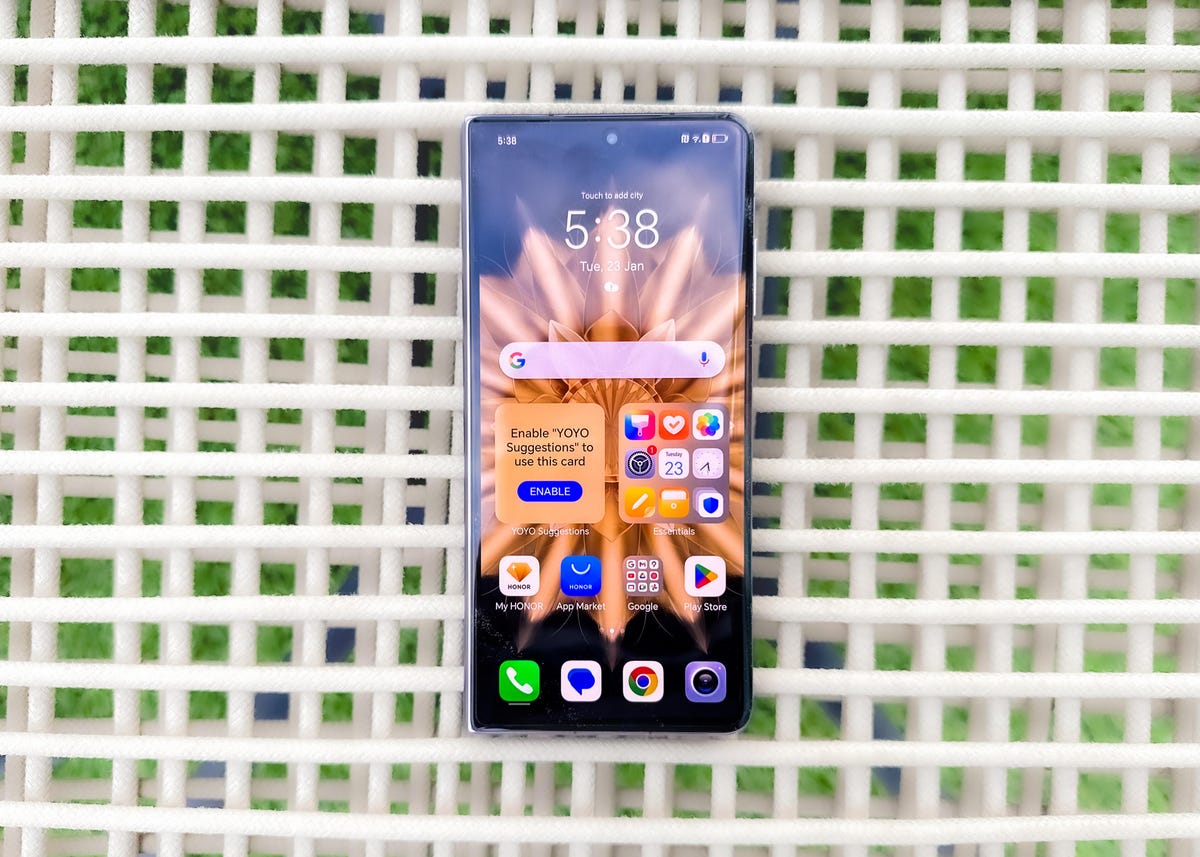
Using the Magic V2
Thanks to the abundance of screen real estate, the Magic V2’s large internal display makes it a superior multitasker compared to my normal bar phone. I could stream a movie in one window, browse Instagram on the other, and type out an email in a third floating window. I could also take notes when on Zoom calls since I could overlay a Zoom video over a word document.
The Magic V2 runs on MagicOS 7.2 based on Android 13, which Honor says adds a slew of smart features to aid in multitasking. A unique addition to the mix is a feature called Privacy Call. It’s an AI-based “directional sound technology” designed to prevent sound leaking, or when the person you’re talking to on a call can be heard by people around you, even if they’re not speaking loudly. Honor says the screen and the receiver work together to adjust the volume of the incoming audio to suit different environments. I tested it out and it worked as marketed.
Honor also introduced a feature called Magic Text, which reminds me of the iPhone’s Live Text feature from iOS 15 in 2022, that Honor says recognizes text content on an image and converts it into editable text.
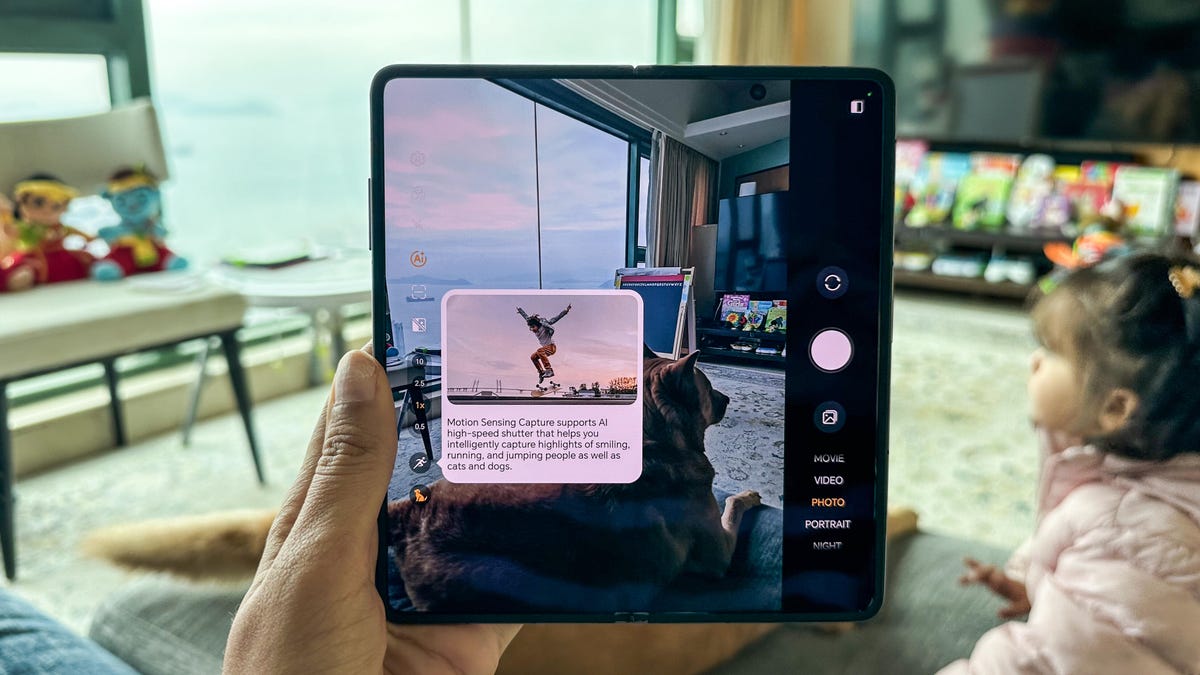
The Magic V2’s five cameras
The Magic V2 has five cameras. You get a 50-megapixel main camera, 50-megapixel ultrawide camera and a 20-megapixel camera with a telephoto lens on the back. You can also use this trio to take selfies thanks to the foldable design of the Magic V2, and you can also use the cover screen as a viewfinder. There’s a 16-megapixel camera on the cover screen and a second 16-megapixel camera under the display of the inner screen. Here are the cameras in action.








In general, photos from the V2 are respectable, but they’re not the best you’ll get from a phone. Photos taken with bright light were good. However, I found the images shadowy in indoor or low light environments. If you’re not a die-hard photographer, then the V2’s cameras should be just fine for taking snaps.
To be fair, the V2 isn’t the only folding phone with this issue. Foldable phones’ cameras tend to be a weakness compared to similarly priced non-foldable phones. You’re mainly paying for the phone’s large, flexible display that enables multitasking rather than for the kind of top-of-the-line cameras you find on the Galaxy S24 Ultra, Pixel 8 Pro or iPhone 15 Pro Max.
Magic V2 battery and performance
Honor crammed a 5,000-mAh silicon carbon battery into the Magic V2’s slim and svelte frame. In my experience, the battery lasted throughout the day after moderate use: quick phone calls, social media scrolling, reading emails, watching YouTube videos and listening to music. For the full review, I will provide a range of battery endurance tests.
Since it was released in 2023, the Magic V2 runs on that year’s top-of-the-line processor from Qualcomm, which is the Snapdragon 8 Gen 2. In my experience, it could handle virtually everything I threw at it, including graphic-intensive games like Genshin Impact and running Zoom video calls while taking notes. Here’s how it stacks up against some rivals.
Performance tests
| Phone | Geekbench 6 single-core | Geekbench 6 multicore |
|---|---|---|
| Honor Magic V2 | 1,824 | 4,254 |
| Samsung Galaxy Z Fold 5 | 2,014 | 5,419 |
| Google Pixel Fold | 1,458 | 3,540 |
| OnePlus Open | 1,571 | 4,556 |
| Samsung Galaxy Z Fold 4 | 1,842 | 4,508 |
Conclusion
Overall, I was impressed with the Magic V2 folding phone. It has slick hardware that makes Honor’s Magic V2 the most portable book-style foldable phone I’ve ever used. It’s backed up by high-end specs including a zippy processor, a versatile camera module with a telephoto lens, an inner screen with a hard-to-find crease and fast charging. I still have more testing to do, so keep an eye out for my full review next week.

